
TECHNOLOGY LINEAR SENSORS
Many applications require linear motion to be monitored for system control or to ensure safety. With lengths ranging from 1 m to 30m (3’ to 98’), LINARIX linear sensors are available in many configurations to meet an application’s requirements. Options include a wide variety of outputs (including analog, fieldbus and Ethernet variants), heavy duty housings and compact design.
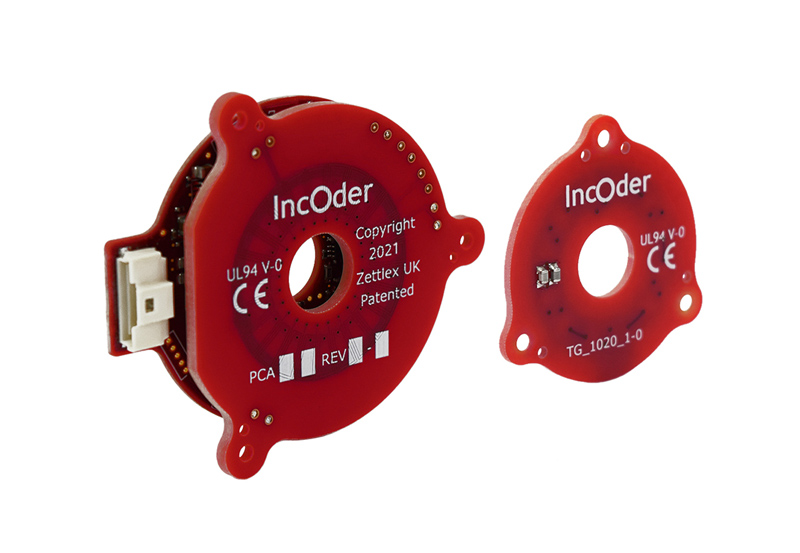
Compact, Lightweight, Inductive Ring Encoders
IncOder™ CORE is a robust miniature PCB-based inductive ring encoder designed for robotic joints. IncOder CORE is a non-contact, lightweight absolute rotary inductive encoder fully contained in a printed circuit board kit. The ergonomic hollow bore design is suited for integration into rotary actuators. The position sensor utilizes a unique field-proven inductive technique, delivering highly repeatable, […]
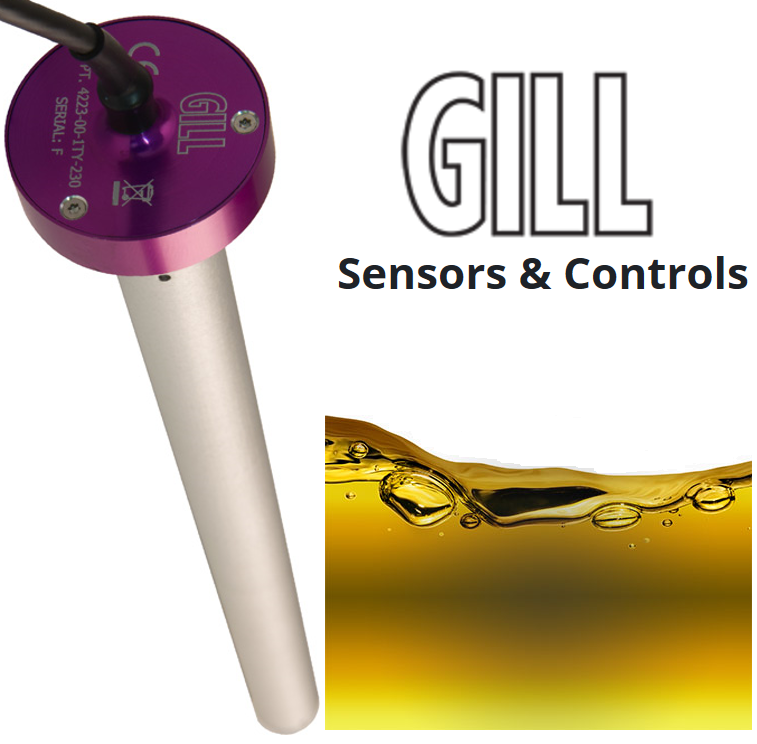
Liquid Level Sensor Interface
The GS liquid level software is an excellent resource for people using sensors to measure fuel, chemicals, or even waste. One of the best features of the Gill Liquid Level Sensors is its compatibility with the GS Level software. The GS Level software makes it easy for the end-user or integrator to change the setting […]
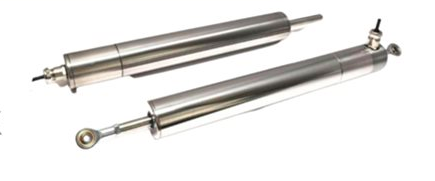
Submersible Linear Sensors
Positek’s portfolio includes a range of high-accuracy linear sensors specifically designed for use in submersible applications. Made from marine grade stainless steel and offering the reliability that is not possible from a submersible LVDT or linear potentiometer, our sensors have served a host of different industries such as wastewater and offshore oil drilling. Another use […]

Torque Measurement with Angle Sensors
As collaborative robots expand into manufacturing environments the issue of safe motion continues to be a concern. Current design approaches involve adding force sensors, torque sensors, and sometimes proximity sensors. These adders along with more complex software control algorithms mitigate most of the concerns and result in slower operation. Unfortunately, these additional sensors also add significant cost and complexity.

Spine Surgery Robot
Spinal surgery robot with advanced robotic guided technologies supports high requirements of predictable surgical procedures.
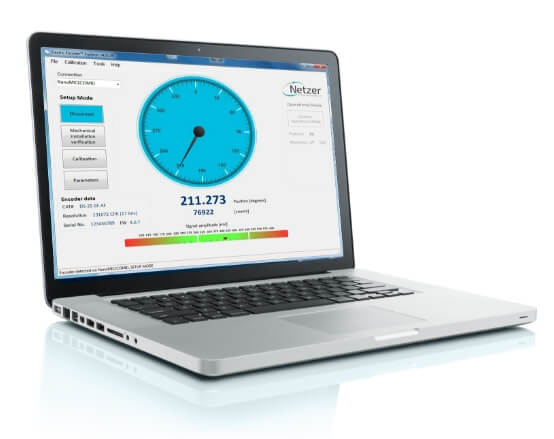
Netzer Electric Encoder Explorer Software
Get started with Netzer Electric Encoder Explorer Ready to learn how to get started with Netzer Electric Encoder Explorer? We can help! Take a look at this video where we walk you through the software and teach you the ins and outs of the Netzer Electric Encoder Explorer. Start with Signal Amplitude One of the […]

VLP Product Line For Harsh Environments
Netzer Precision Position Sensors is pleased to introduce the VLP (Very Low Profile) line of absolute position rotary encoders for harsh environments. Designed for exposure to the extreme conditions that are prevalent in the Aerospace and Harsh Environment industries, the VLP-60 and VLP-100 encoders provide unparalleled performance while offering high levels of immunity to shocks, vibration, humidity, and extreme temperatures, and […]
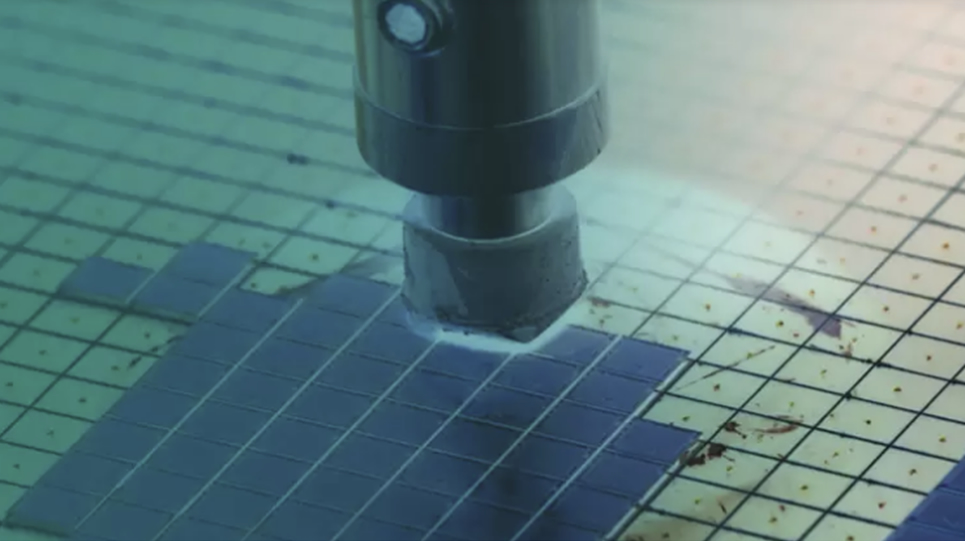
Chips, Chips & Chips
What semiconductors, snacking and gambling all have in common: Encoders!
There has been a lot of talk lately around the global ‘chip’ shortage. Even social media last month was filled with cartoons of engineers asking Santa for semiconductors for Christmas. Rotary encoders such as the DS-130 by Netzer Precision are an important part of this ‘chip’ production. Accuracies exceeding 0.004 degrees, 21 bit resolution and a 90mm ID ensure that component placement can be done accurately and consistently.
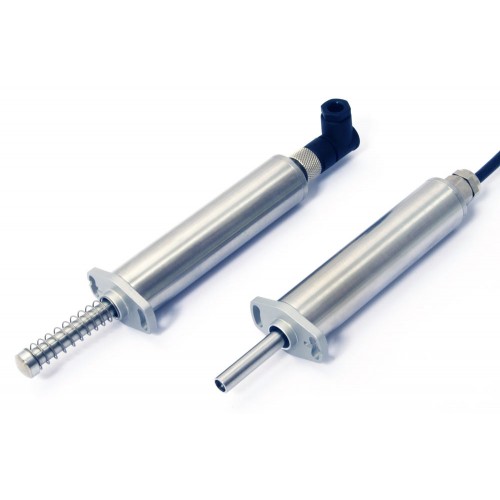
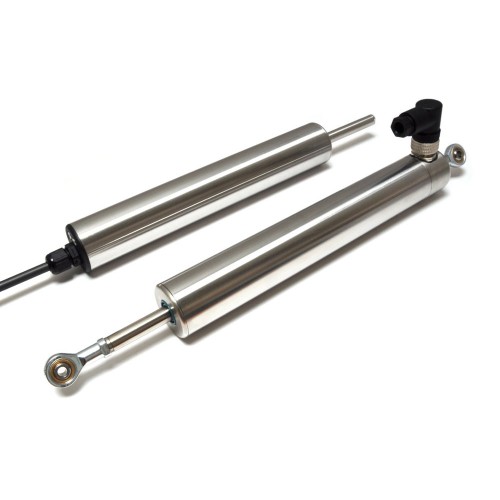
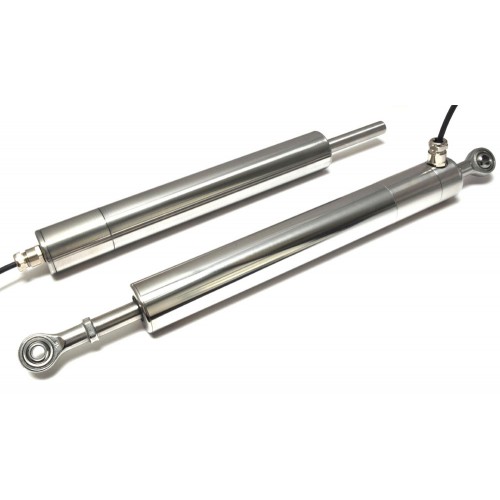
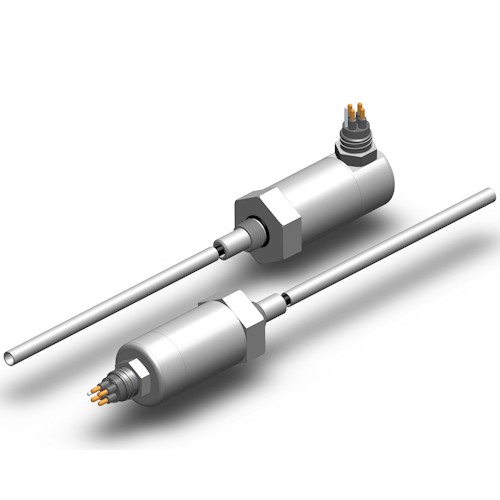
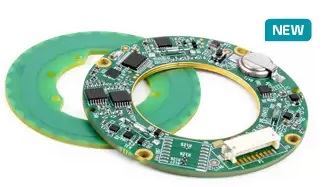











 856-727-9500
856-727-9500